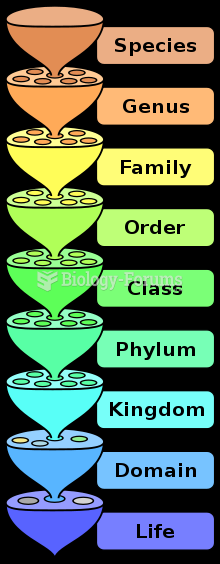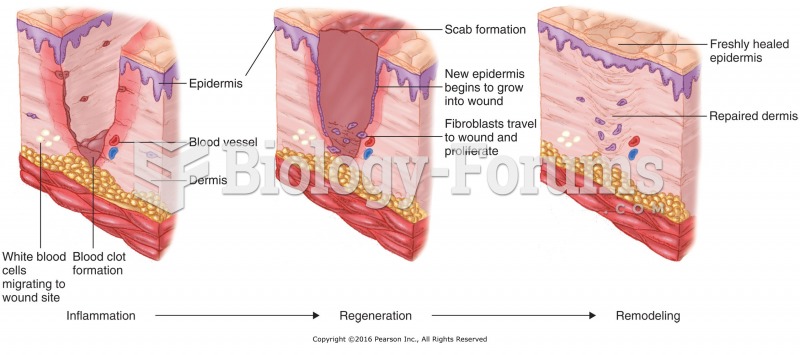|
|
|
Blood is approximately twice as thick as water because of the cells and other components found in it.
Illness; diuretics; laxative abuse; hot weather; exercise; sweating; caffeine; alcoholic beverages; starvation diets; inadequate carbohydrate consumption; and diets high in protein, salt, or fiber can cause people to become dehydrated.
Cytomegalovirus affects nearly the same amount of newborns every year as Down syndrome.
The eye muscles are the most active muscles in the whole body. The external muscles that move the eyes are the strongest muscles in the human body for the job they have to do. They are 100 times more powerful than they need to be.
Earwax has antimicrobial properties that reduce the viability of bacteria and fungus in the human ear.







